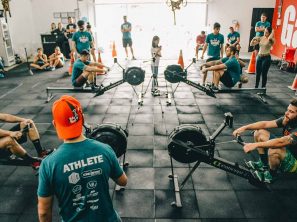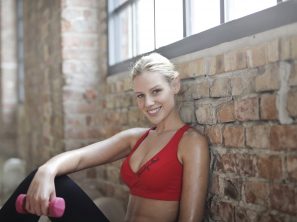Whole body vibration and squat compare
In this study, we investigated metabolic power during whole-body vibration exercise (VbX) compared to mild resistance exercise. Specific oxygen consumption (VO2) and subjectively perceived exertion (rating of perceived exertion, RPE; Borg scale) were assessed in 12 young healthy subjects (8 female and 4 male). The outcome parameters were assessed during the last minute of a 3-min exercise bout, which consisted of either (1) simple standing, (2) squatting in cycles of 6 s to 90 degrees knee flexion, and (3) squatting as before with an additional load of 40% of the subject’s body weight (35% in females). Exercise types 1-3 were performed with (VbX+) and without (VbX-) platform vibration at a frequency of 26 Hz and an amplitude of 6 mm. Compared to the VbX- condition, the specific VO2 was increased with vibration by 4.5 ml x min(-1) x kg(-1). Likewise, squatting and the additional load is factors that further increased VO2. Corresponding changes were observed in RPE. There was a correlation between VbX- and VbX+ values for exercise types 1-3 (r = 0.90). The correlation coefficient between squat/no-squat values (r = 0.70 without and r = 0.71 with the additional load) was significantly lower than that for VbX-/VbX+.
Source: Institut für Physiologie, Freie Universität Berlin, Germany
Other News


